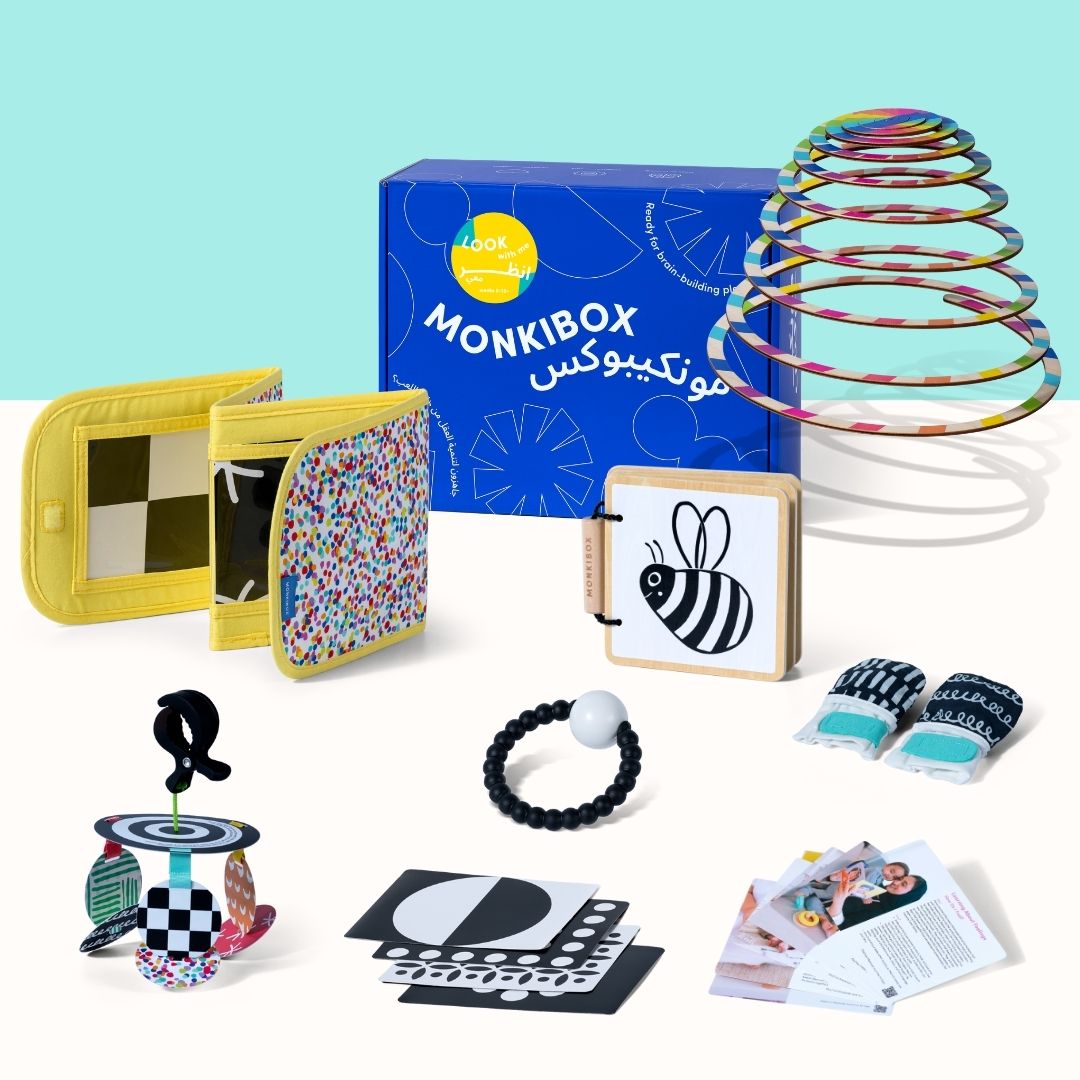يُعد البكاء من أكثر الطرق فعاليةً للأطفال الصغار للتعبير عن مشاعرهم، سواءً كان ذلك الإحباط أو الحزن أو حتى الملل. فهم هذا الأمر سيساعدك على الاستجابة بتعاطف أكبر.
نصائح الخبراء للتعامل مع البكاء:
-
التحقق من صحة مشاعرهم:
اعترف بمشاعر طفلك من خلال قول أشياء مثل، "أستطيع أن أرى أنك منزعج"، أو "لا بأس أن تشعر بالإحباط". إن التحقق من صحة مشاعر طفلك يجعل طفلك يعرف أن مشاعره معترف بها ومحترمة، وهو أمر بالغ الأهمية للتطور العاطفي. -
راقب ردود أفعالك:
من المهم أن تحافظ على هدوئك عندما يبكي طفلك. أحيانًا، قد نحثه على التوقف بسبب إحباطنا. خذ لحظة للتنفس وتواصل مع تعاطفك، واحرص على أن تكون استجابتك داعمة لا انفعالية. -
أبقهم منخرطين:
قد يؤدي الملل أحيانًا إلى البكاء. احرص على أن يكون لدى طفلك أنشطة متنوعة وممتعة تُشغله. مع ذلك، احرص على عدم إرهاقه، لأن الإفراط في التحفيز قد يُحفز البكاء أيضًا. -
استمع إلى احتياجاتهم:
حتى مع قلة مفرداتهم، لدى الأطفال الصغار الكثير ليعبّروا عنه. خصص وقتًا للاستماع ومراقبة لغة جسدهم وإشاراتهم. هذا يساعدك على فهم ما يحاولون إيصاله وكيف يمكنك مساعدتهم. -
تسجيل الوصول لاحقًا:
في اليوم التالي للموقف المؤثر، ناقش الموقف عندما يكون طفلك هادئًا. اسأله: "هل تتذكر شعورك بالحزن أمس؟" هذا سيساعده على معالجة مشاعره وفهمها بشكل أفضل.
إن فهم البكاء كشكل من أشكال التواصل يسمح لك بدعم طفلك بطريقة تعزز النمو العاطفي والثقة.





